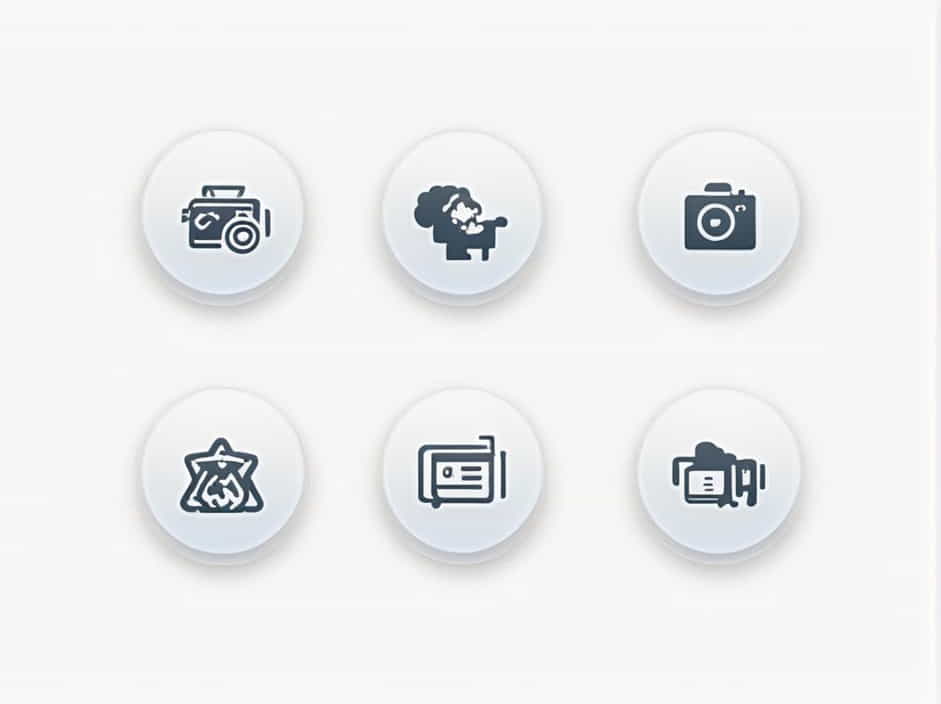Advancements in computer vision and deep learning have enabled machines to interpret complex visual scenes. One of the most promising approaches in this field is Unified Perceptual Parsing (UPP), a technique that integrates multiple vision tasks to achieve a comprehensive understanding of images.
This topic explores the concept of unified perceptual parsing, its importance in scene understanding, and its applications in real-world AI systems.
What is Unified Perceptual Parsing?
Definition
Unified Perceptual Parsing (UPP) is a scene understanding framework that combines multiple perception tasks-such as semantic segmentation, instance segmentation, depth estimation, and object detection-into a single model. Instead of treating these tasks separately, UPP processes them simultaneously, leading to more efficient and accurate scene interpretation.
How Unified Perceptual Parsing Works
UPP leverages deep learning models, particularly convolutional neural networks (CNNs) and transformers, to extract multiple layers of information from an image. The key components include:
-
Feature Extraction: A deep learning model analyzes an image to detect edges, textures, and colors.
-
Multi-Task Learning: The model simultaneously predicts semantic labels, object boundaries, depth information, and object instances.
-
Fusion Mechanism: The outputs from different tasks are combined to create a comprehensive representation of the scene.
-
Final Interpretation: The model generates a unified understanding of the environment, enabling applications like robot navigation, augmented reality, and autonomous driving.
Why is Unified Perceptual Parsing Important?
1. Enhanced Scene Understanding
Traditional computer vision models often perform segmentation, detection, and depth estimation separately, leading to inconsistencies. UPP integrates these tasks into a single model, ensuring a cohesive understanding of the environment.
2. Improved Computational Efficiency
Running multiple vision models requires significant processing power. UPP reduces redundancy by sharing computations across tasks, making it ideal for real-time applications.
3. Better Generalization Across Tasks
Since UPP learns multiple visual representations simultaneously, it generalizes better across different environments compared to models trained for a single task. This is crucial for autonomous systems that operate in diverse conditions.
Key Components of Unified Perceptual Parsing
1. Semantic Segmentation
UPP assigns each pixel in an image to a specific class, such as road, sky, person, or tree. This allows machines to understand the global structure of a scene.
2. Instance Segmentation
Unlike semantic segmentation, instance segmentation differentiates individual objects within the same class. For example, it separates two cars in an image instead of treating them as one.
3. Depth Estimation
Understanding depth information is essential for 3D scene reconstruction. UPP predicts the distance of objects from the camera, enabling applications like autonomous driving and augmented reality.
4. Object Detection
UPP detects specific objects (e.g., pedestrians, traffic signs, or furniture) and localizes them with bounding boxes. This is critical for robotic perception and security applications.
5. Edge Detection and Boundary Parsing
UPP identifies the boundaries between objects, which improves scene segmentation accuracy and helps in object recognition tasks.
Applications of Unified Perceptual Parsing
1. Autonomous Vehicles
Self-driving cars rely on accurate scene understanding to navigate safely. UPP enables these vehicles to:
✅ Identify pedestrians, road signs, and vehicles in real time.
✅ Estimate depth for collision avoidance.
✅ Segment road areas for lane detection.
2. Augmented Reality (AR) and Virtual Reality (VR)
UPP enhances AR/VR applications by providing precise depth estimation and object segmentation, enabling more realistic and immersive experiences.
3. Robotics and AI Assistants
For robots operating in unstructured environments, UPP enables:
✅ Object manipulation by recognizing and segmenting objects.
✅ Navigation through cluttered spaces.
✅ Human interaction by detecting people and gestures.
4. Medical Imaging
UPP is being applied in medical diagnostics, helping in tumor segmentation, organ detection, and disease identification by analyzing radiology images more effectively.
5. Surveillance and Security
In video surveillance, UPP helps in:
✅ Human activity recognition in crowded areas.
✅ Anomaly detection for security threats.
✅ Automated monitoring of restricted zones.
Challenges of Unified Perceptual Parsing
Despite its advantages, UPP faces several challenges:
1. Computational Complexity
Combining multiple vision tasks increases the model’s complexity, requiring high-performance GPUs for real-time inference.
2. Data Annotation and Training
Training UPP models requires large-scale datasets with high-quality annotations across multiple vision tasks, making the process resource-intensive.
3. Domain Adaptation
Models trained on one dataset may not generalize well to new environments. Domain adaptation techniques are needed to improve real-world performance.
4. Interpretability Issues
Deep learning-based UPP models act as black boxes, making it difficult to understand how they arrive at decisions. Explainable AI (XAI) techniques are required to increase transparency.
Future Trends in Unified Perceptual Parsing
Transformer-Based Architectures – The rise of Vision Transformers (ViTs) is enabling more efficient and scalable UPP models.
Self-Supervised Learning – New approaches reduce the need for labeled data, improving scalability.
Lightweight UPP Models – Optimization techniques aim to make UPP more efficient for mobile and edge devices.
Integration with 3D Perception – Future models will combine 2D and 3D scene parsing for enhanced depth perception.
Unified Perceptual Parsing is a game-changing approach in computer vision that integrates multiple scene understanding tasks into a single framework. By improving accuracy, efficiency, and adaptability, UPP is revolutionizing autonomous systems, augmented reality, robotics, and medical imaging.
While challenges like computational demands and domain adaptation exist, advances in deep learning, transformers, and self-supervised learning will continue to drive innovation in UPP, making machines even more capable of understanding and interacting with the world.
